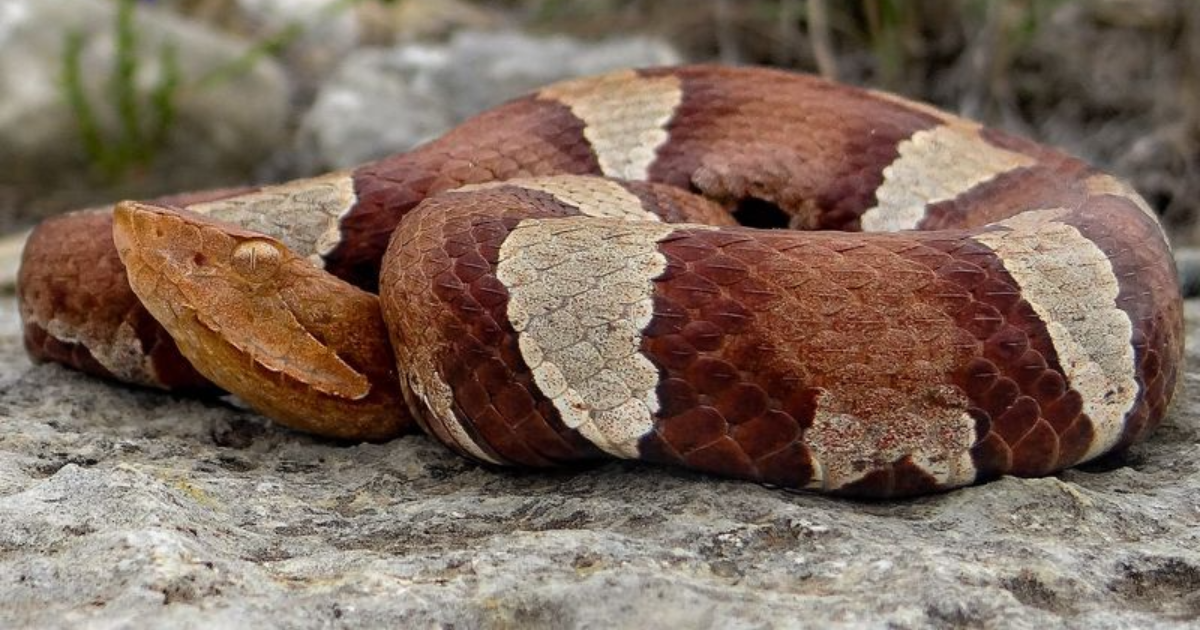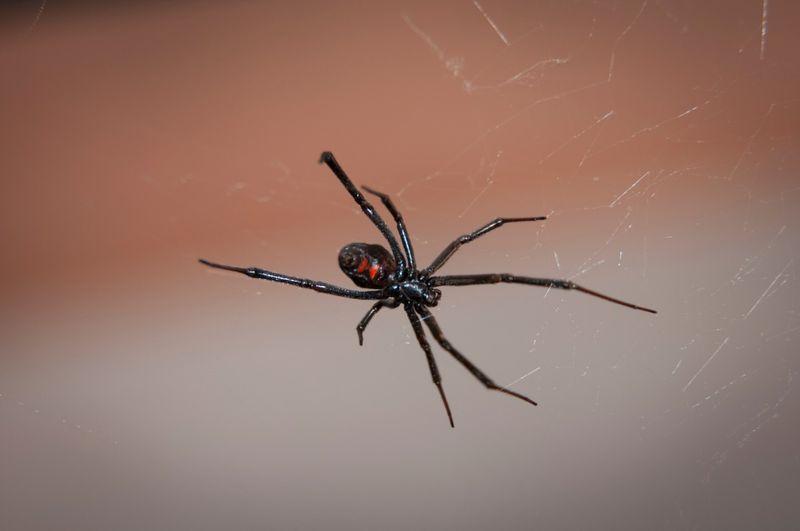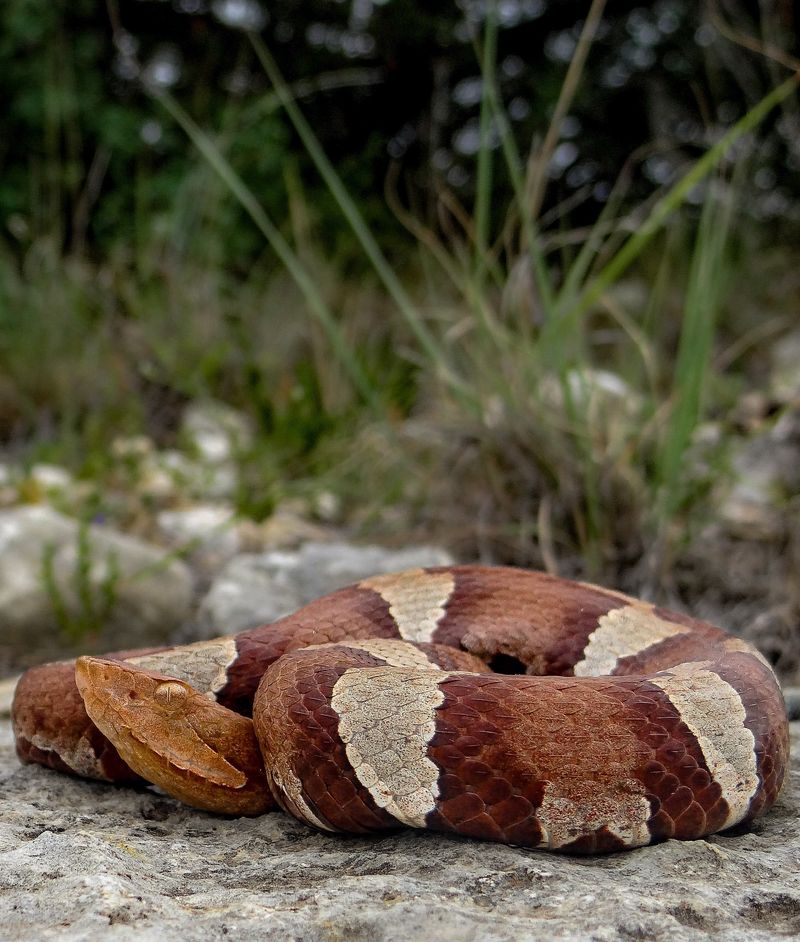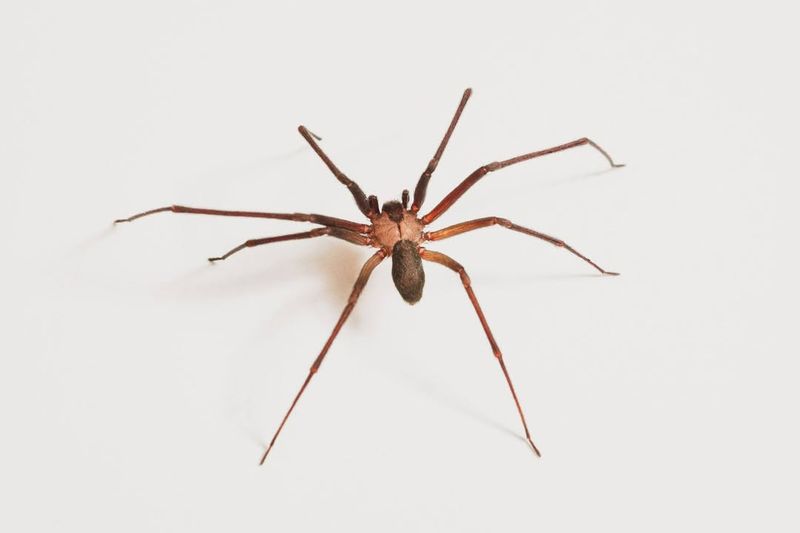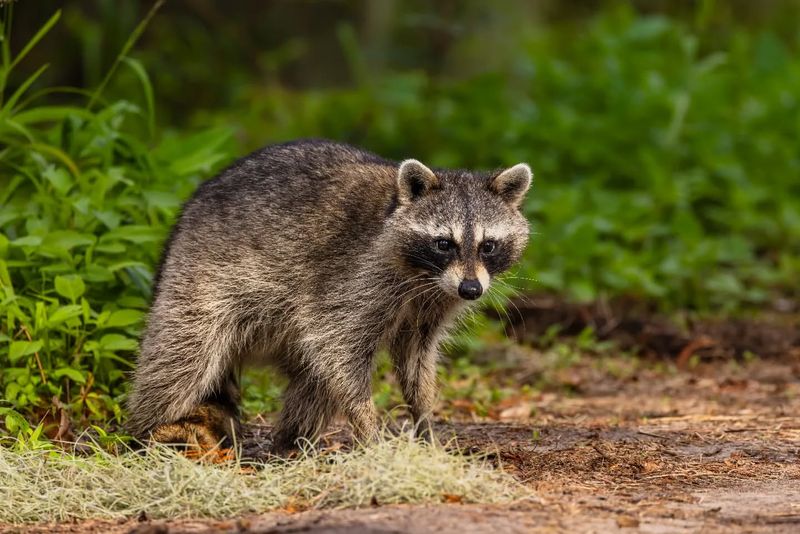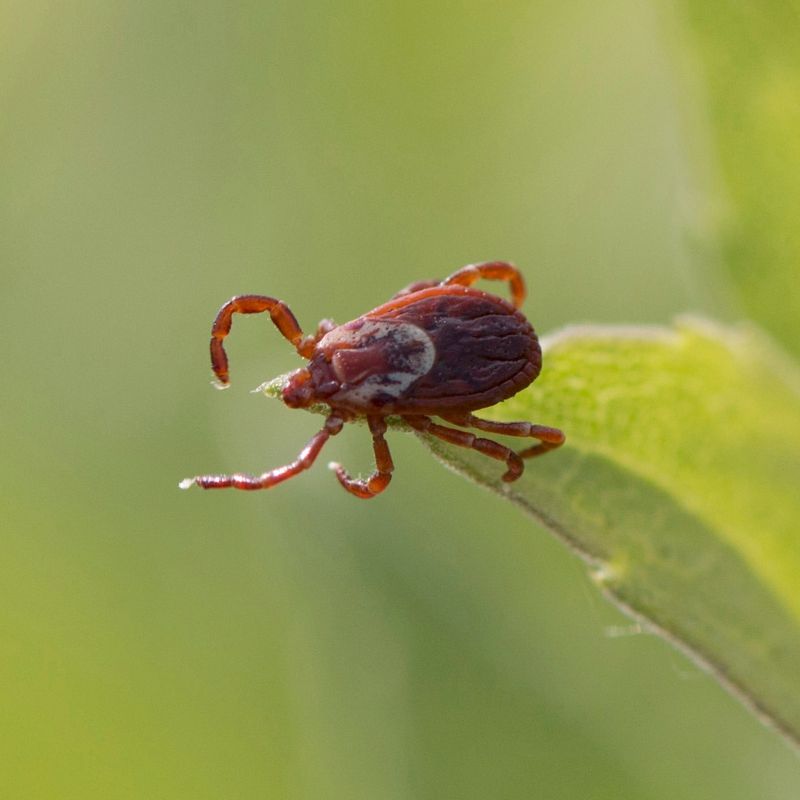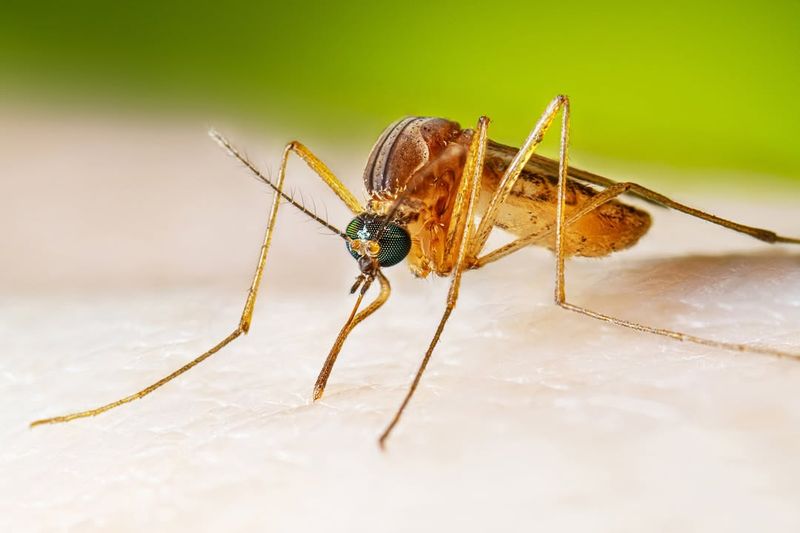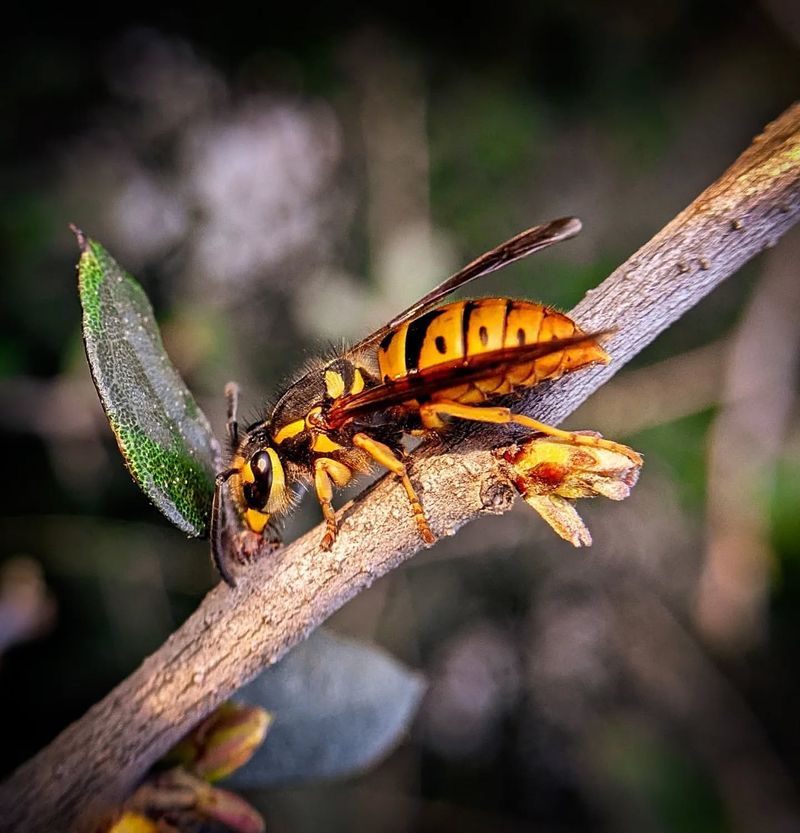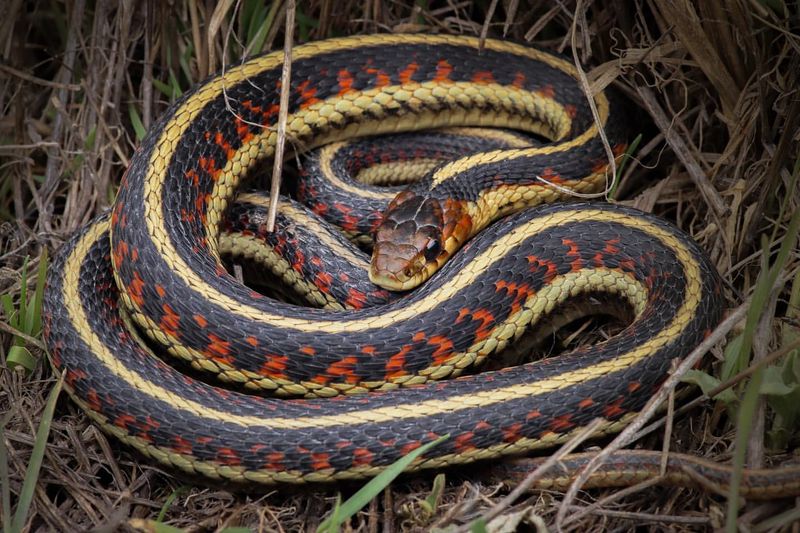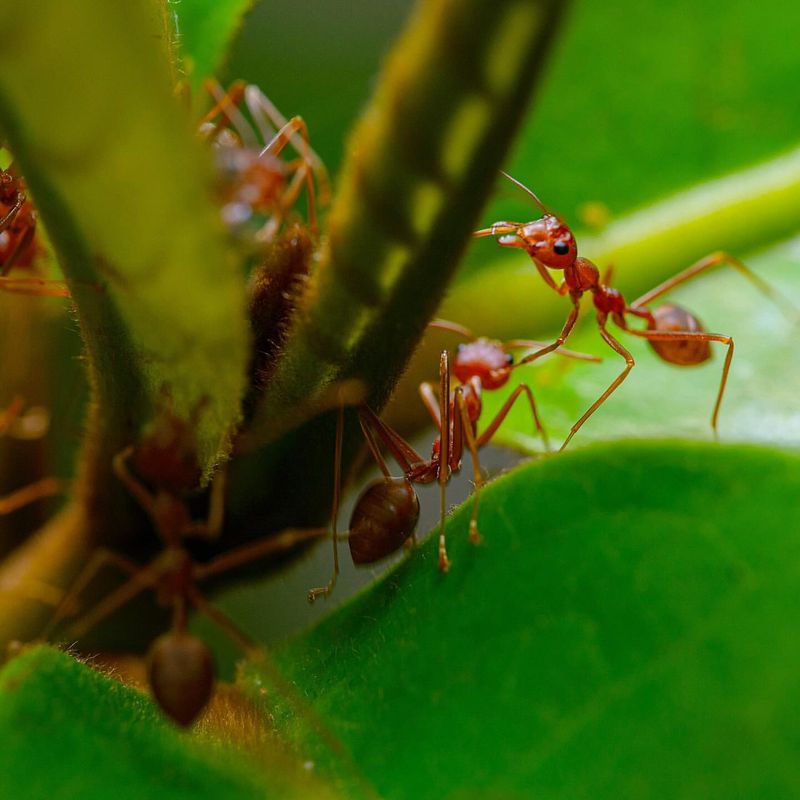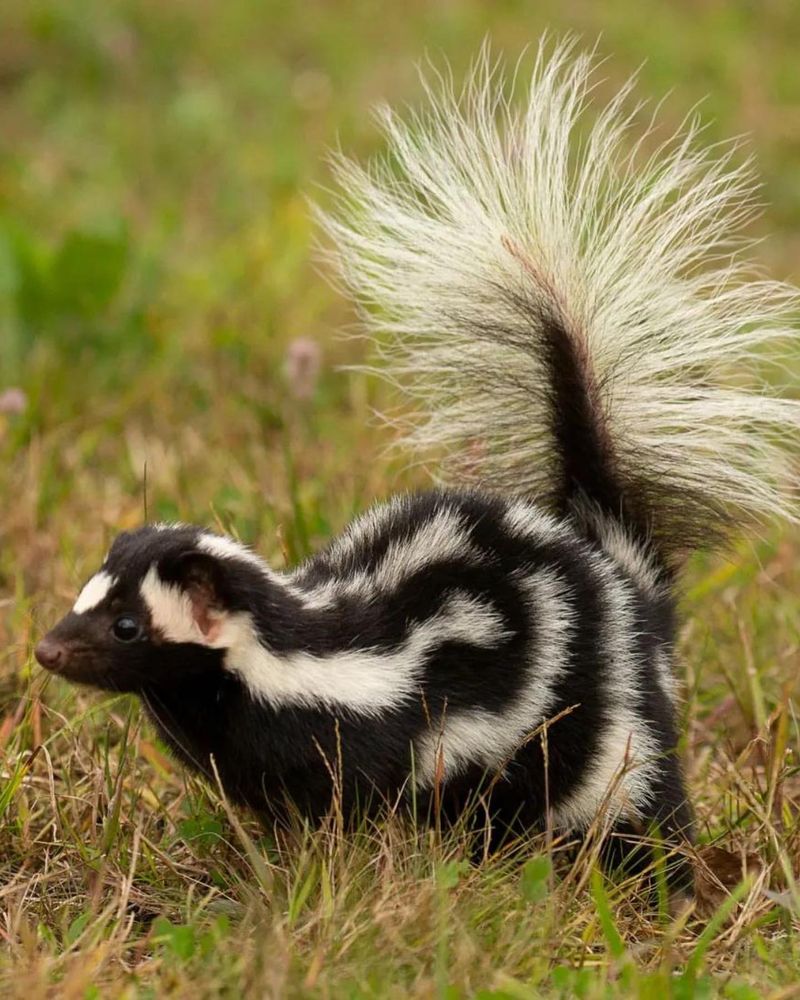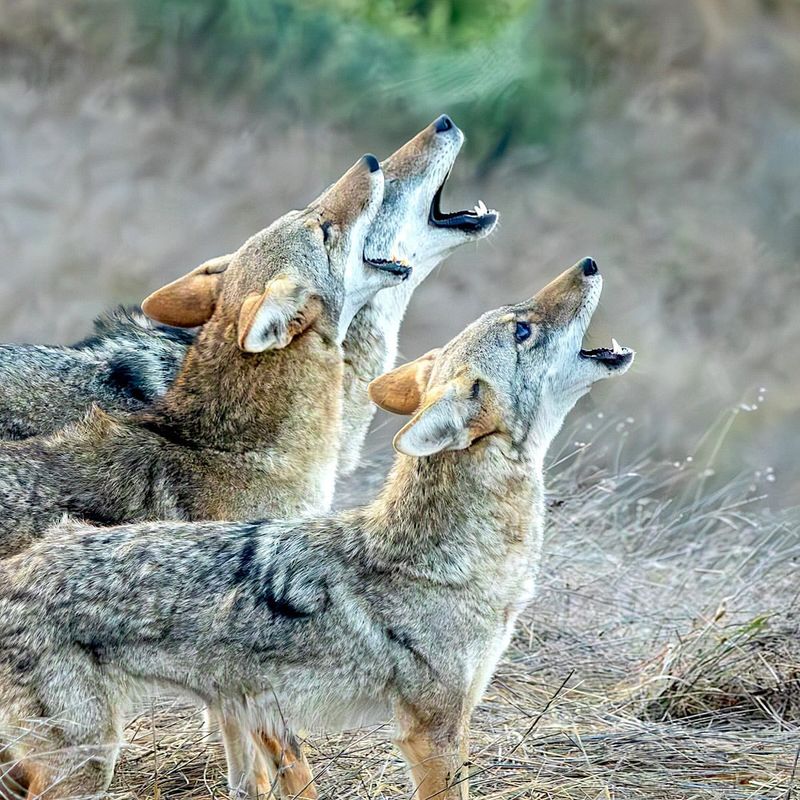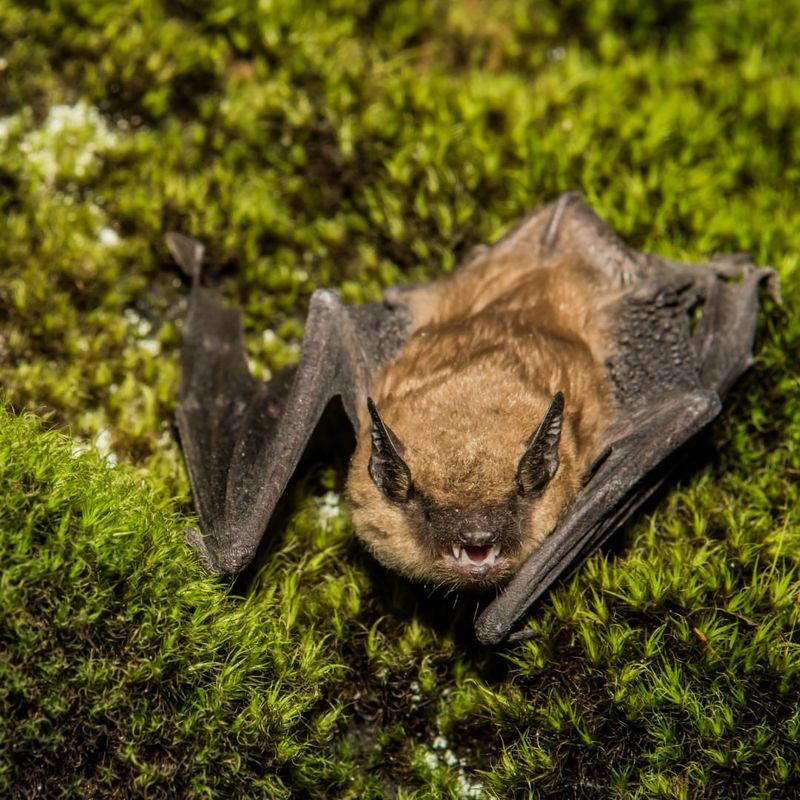📖 Table of Content:
Your backyard might seem like a safe haven – a cozy spot for BBQs, gardening, or soaking up the sun. But beneath the surface of that suburban serenity lurks a world you might not expect: one teeming with deadly creatures.
Yes, you read that right. From venomous spiders weaving webs under your deck to stealthy snakes slithering through the flowerbeds, your backyard could be playing host to animals capable of packing a serious punch.
But don’t start panicking just yet (or canceling those outdoor dinner plans). While these creatures are dangerous, most of them aren’t out to get you—they just want to go about their business.
This article takes a closer look at 12 of the most lethal animals that might be calling your backyard home. So grab a cup of coffee, stay alert, and let’s dive into this wild world right outside your door. You might just see your yard in a whole new light!
1. Black Widow Spider
Found in dark, undisturbed areas like garages and woodpiles, these spiders are more common than you might think. The female is recognized by her glossy black body and red hourglass marking.
Although their bite is rarely fatal to humans, it can still cause severe pain, muscle cramps, and nausea. The venom affects the nervous system, making it essential to seek medical attention if bitten.
To avoid encounters, keep your backyard tidy, removing debris where they like to hide. Always wear gloves when gardening or handling firewood. While they are not aggressive, disturbing their habitat can lead to unwanted bites.
2. Copperhead Snake
These pit vipers have a distinct copper-colored head and hourglass patterns along their body, making them both beautiful and dangerous.
Known for their ambush hunting style, Copperheads may strike if accidentally stepped on or provoked. Their venom, while not usually fatal to humans, can cause extreme pain, swelling, and tissue damage. Immediate medical attention is recommended if bitten.
To minimize encounters, keep grass short and clear away piles of leaves or logs. Educating children about snake safety and wearing boots when walking in wooded areas can also reduce risks. Remember, snakes prefer to avoid humans and typically bite only in self-defense.
3. Brown Recluse Spider
Also known as the “fiddleback” spider, this arachnid is notorious for its potentially dangerous bite. Found in dark, secluded spaces like sheds and basements, it is often hidden from view. Its tan to dark brown body features a distinctive violin-shaped marking on its back.
Bites can lead to serious skin lesions and systemic symptoms, requiring prompt medical attention. The venom causes tissue necrosis in rare cases, leaving deep wounds. Early intervention is crucial to prevent complications.
Keeping storage areas clean and reducing clutter helps in avoiding these elusive arachnids. Use caution when reaching into unseen areas and always shake out shoes or clothing left unattended. While they are not aggressive, accidental contact can lead to bites.
4. Raccoons
Raccoons are common nocturnal visitors to many backyards, known for their intelligence and dexterous paws. While they may appear harmless and even cute, they can carry diseases like rabies and raccoon roundworm, both of which pose significant health risks.
These masked bandits are adept at scavenging for food, often rummaging through trash cans or pet food left outside. If cornered or threatened, they can become aggressive, leading to potential bites or scratches.
To prevent raccoon problems, secure trash bins with tight lids, and avoid leaving food outdoors. Seal any potential entry points to attics or basements, as they may seek shelter inside homes.
5. Ticks
Often found in tall grass and wooded areas, these tiny, blood-sucking parasites can transmit diseases like Lyme disease and Rocky Mountain spotted fever.
Their small size makes them easy to overlook, yet their impact on health can be significant. Symptoms from tick-borne illnesses include fever, fatigue, and joint pain, which can become chronic if not treated promptly.
To reduce tick exposure, keep lawns mowed and clear brush or leaf litter where ticks thrive. Wearing long sleeves and using insect repellent when spending time outdoors can also decrease the risk of bites.
Regularly check pets and family members for ticks after outdoor activities to ensure prompt removal and reduce the chance of infection.
6. Mosquitoes
Mosquitoes are more than just a nuisance, as they can carry diseases such as West Nile virus, Zika, and malaria. These tiny bloodsuckers thrive in warm, humid environments and are most active at dawn and dusk.
Female mosquitoes feed on blood to nourish their eggs, leaving itchy welts. Their bites can transmit serious illnesses, making them a public health concern. Standing water, even in small amounts, provides breeding grounds for these insects.
To control mosquito populations, eliminate water sources like birdbaths, clogged gutters, and flower pots. Use insect repellent and wear protective clothing when outdoors.
Installing screens on windows and doors can also help keep mosquitoes at bay, allowing you to enjoy time outside without the threat of bites.
7. Yellowjackets
Yellowjackets are aggressive wasps known for their painful stings and attraction to sugary foods, making them unwelcome guests at backyard gatherings. Their vibrant yellow and black stripes are a warning of their potent sting, which can cause severe allergic reactions in some individuals.
Unlike bees, yellowjackets can sting multiple times, injecting venom with each attack. These social insects build nests in the ground or in man-made structures, often near human activity.
To avoid attracting yellowjackets, keep food and drinks covered when eating outdoors. Dispose of trash promptly and seal garbage bags tightly.
If you find a nest, it’s best to contact a professional exterminator to safely remove it. Awareness and caution can help prevent painful encounters with these buzzing pests.
8. Garter Snakes
Though generally harmless, garter snakes can be startling when encountered in your backyard. While their bite is non-venomous to humans, it can still cause minor irritation.
To foster a positive coexistence, avoid disturbing their habitat and educate children about their presence. If a garter snake is found in an inconvenient location, gently encourage it to move along using a broom.
Keeping the yard free of debris and tall grass will make it less attractive to these reptiles, allowing you to enjoy a balanced and healthy garden environment.
9. Fire Ants
These reddish-brown ants build large mounds in sunny areas of the yard, often invisible until accidentally stepped on.
Their stings can cause intense itching and swelling, with severe reactions possible in sensitive individuals. The venom can trigger allergic reactions, requiring medical attention in extreme cases.
To control fire ant populations, regularly inspect your yard for mounds and treat them with appropriate pesticides. Avoid walking barefoot in the grass and educate children about the dangers of disturbing ant hills.
Keeping food covered and promptly cleaning up spills can also deter these aggressive insects from invading picnic areas, ensuring a safer outdoor experience.
10. Skunks
Skunks, known for their distinctive black and white striped fur and potent spray, are often nocturnal visitors to backyards. While generally not aggressive, they can spray a foul-smelling liquid when threatened, which is challenging to remove from skin or clothing.
Skunks can also carry diseases such as rabies, making them a concern if they show unusual behavior. They are attracted to food sources like pet food or garbage, so securing these items is crucial.
To deter them, ensure your yard is well-lit at night and remove any potential food sources. Sealing entry points to sheds or under decks can prevent them from creating dens.
11. Coyote
Coyotes are adaptable predators that can occasionally wander into suburban backyards, searching for food. They are most active during dawn and dusk, often attracted to easy food sources.
These intelligent animals are typically wary of humans but can pose a threat to pets if left unsupervised. To reduce the chances of an encounter, avoid leaving pet food outside, secure trash bins, and supervise pets during outdoor activities.
Installing motion-activated lights or fencing can also deter these wary creatures. Educating neighbors about safe practices ensures community-wide efforts to coexist with local wildlife, balancing safety and nature conservation.
12. Brown Bat
These nocturnal mammals often roost in attics or tree hollows, emerging at dusk to feed. While they rarely interact with humans, handling a bat can lead to bites and potential rabies exposure.
To prevent bats from entering homes, seal openings and install bat houses to encourage outdoor roosting. If a bat is found indoors, contact a professional for safe removal.
Understanding and appreciating the ecological benefits of bats can lead to peaceful coexistence while ensuring family and pet safety.
